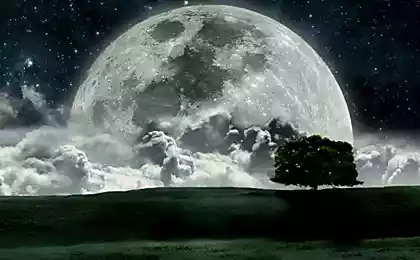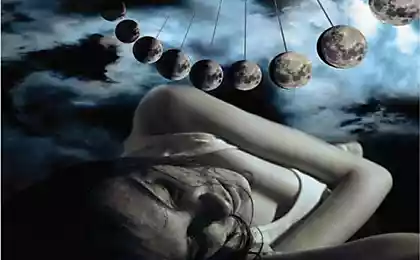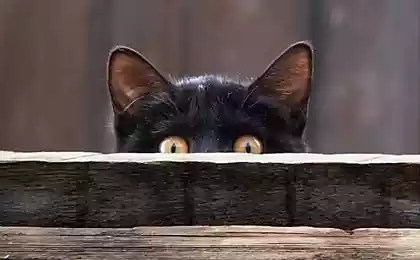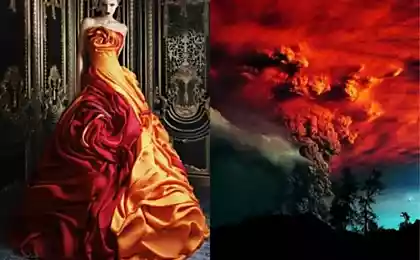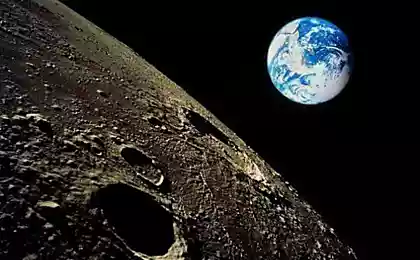390
Lunar cycles and harvest
Many gardeners-gardeners have long and unequivocally decided for themselves the question: to take into account the lunar cycles or not. They work with plants and earth only according to the lunar calendar. But among growers there is another point of view: there is no dependence on the moon, plants do not have, and "trust it" makes no sense. Such doubt is quite justified, because on the eve of the New year the market appears a lot of calendars of various kinds: astrological, floral, Feng Shui, calendars, druids, etc. by different authors that make up such a table, the recommendations sometimes do not coincide. This also applies to the lunar calendar. So to believe in them or not?

Those who doubt that should recall their knowledge from the curriculum. Then (albeit briefly), we explained the dependence of tides from the phases of the moon. Naturally, this is subject to cyclical changes in the entire flora and fauna in the water and the coastal zone. Why not believe that all plants on Earth are influenced by the moon. Just these processes are invisible, and we cannot observe them, as the tides. Even in ancient times was discovered the dependence of the crop from which the phase of the moon were landing. According to current data, the difference in yield is 15-20 %. The moon cycle can be divided into two parts. First — when the Moon grows from new to full, and the second is when the Moon is waning, from full moon to new moon. When the moon growing circulation of vital juices of plants are directed from the center to the periphery, from the bottom up. This is the period of most intensive growth and development of the aerial parts of the plant. And when the Moon is waning, the vital juices of the plants are directed from the periphery to the center, top to bottom. At this time there is active growth of underground parts, and the growth of the aerial, on the contrary, slows down. After the seed hit the ground, it begins to interact with the soil, absorb moisture, swell and increase. At this point it most strongly perceives the influence of cosmic factors, the plant gets "program development for the future." That seed that goes into the ground during the waxing moon, as if programmed on a more active growth up and development of the aerial part, and that which was planted by decreasing has the opposite trend of development. Plants, the fruits of which are above ground (tomatoes, cucumbers, cabbage, fruit trees), sow and need to be planted during the waxing moon. And all root and tuber crops (radish, beets, turnips, potatoes) during the waning. If vegetables are planted as seedlings — the same tomatoes, cabbage, then in this case actually is not planting and transplanting plants, and a rule is too coarse to accurately determine the optimum time of planting. Time of harvest also depends on what and for what purpose you take. If you need to collect, for example, fruits for food on the table, this is best done during the waxing moon — the fruits will be juicy, tasty, rich the juice of life and energy. For long-term storage harvest should be planned for the period of the waning moon. To believe in the lunar calendar or not — every man must decide this question. Our recommendations for those who have doubts or want to try to do your research. One important observation from experienced growers. If according to the lunar calendar, in one day put to sow, to graft or plant, and you feel bad, not worth the last effort to carry out the work. Plants are living beings, and like any alive, they react to our energy. If you're sick or angry, your energy will not be positive. Put off all work until a better day when you're in the mood.published by P. S. And remember, only by changing their consumption — together we change the world! ©
Source: sadovymir.ru/article/?ELEMENT_ID=808&SECTION_ID=110
Disappointment. Why is this not a true feeling
Uber-economy: what will happen to the millions of corporate slaves
